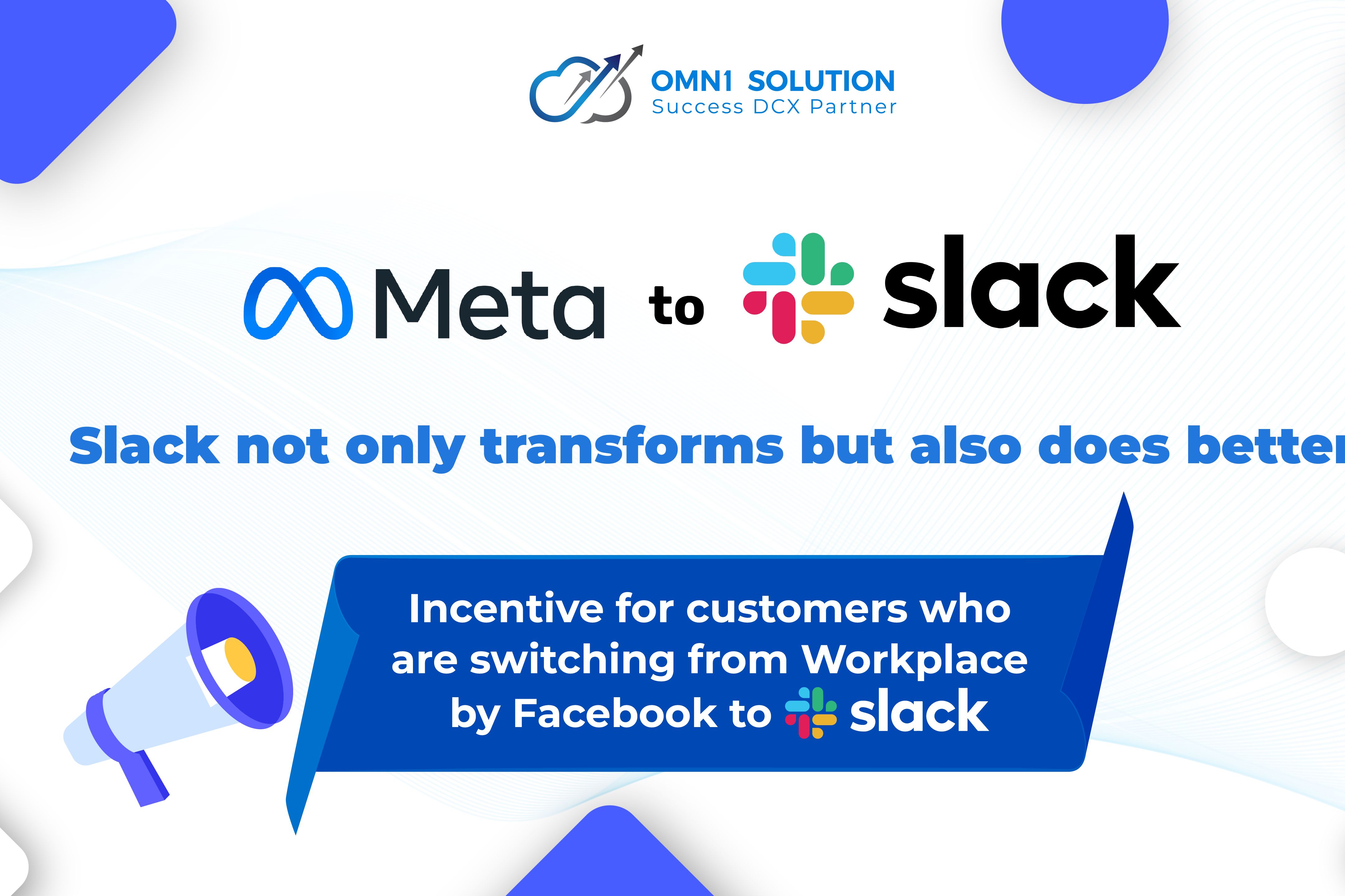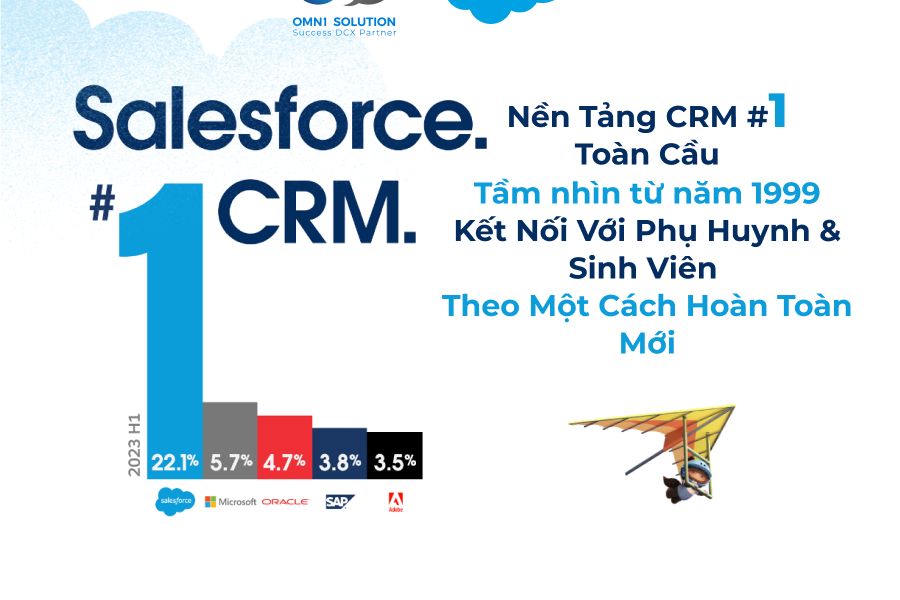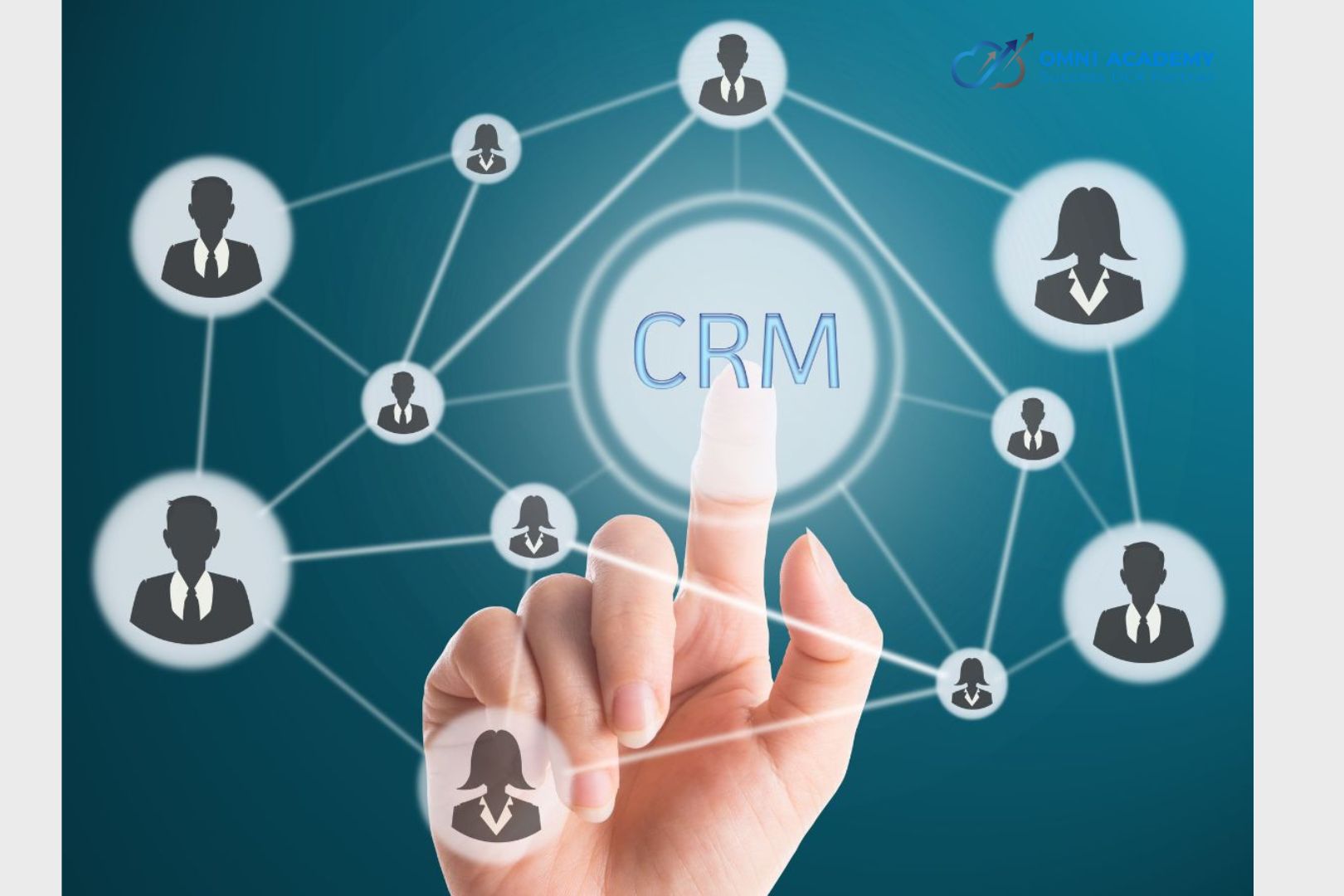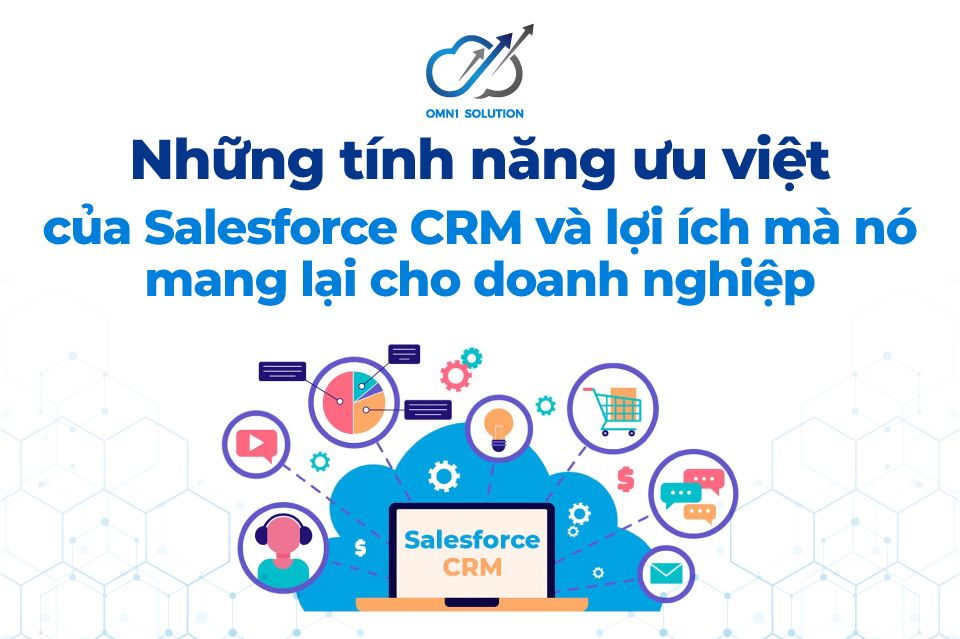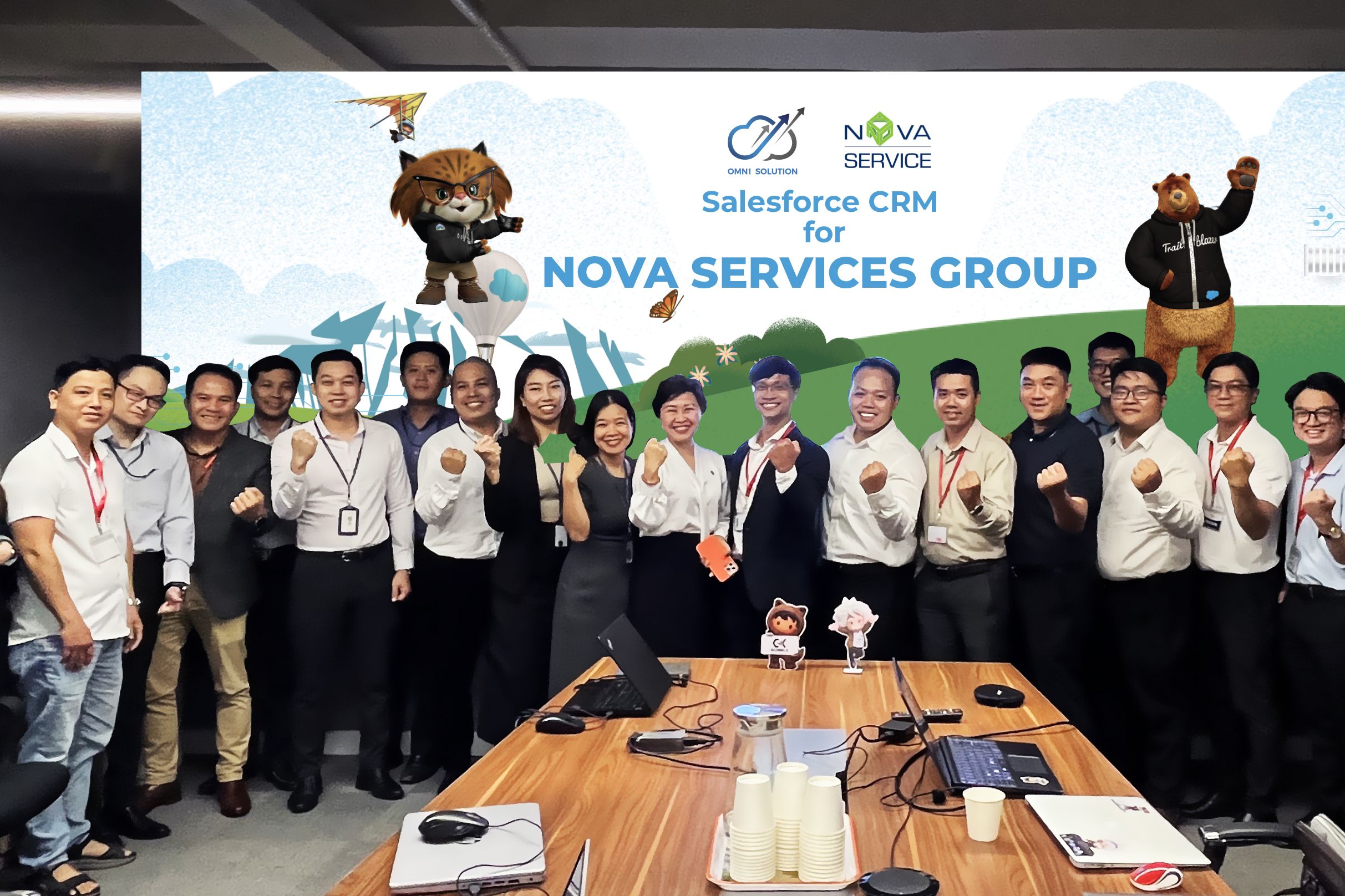What is a CRM model?
A CRM is not just software but also a method for managing and optimizing customer relationships. A CRM model includes both processes and technologies for collecting, managing, and analyzing customer information from a variety of sources such as phone calls, emails, websites, social media, and more. The goal of this model is to create the best possible customer experience and enhance interactions between businesses and their customers.
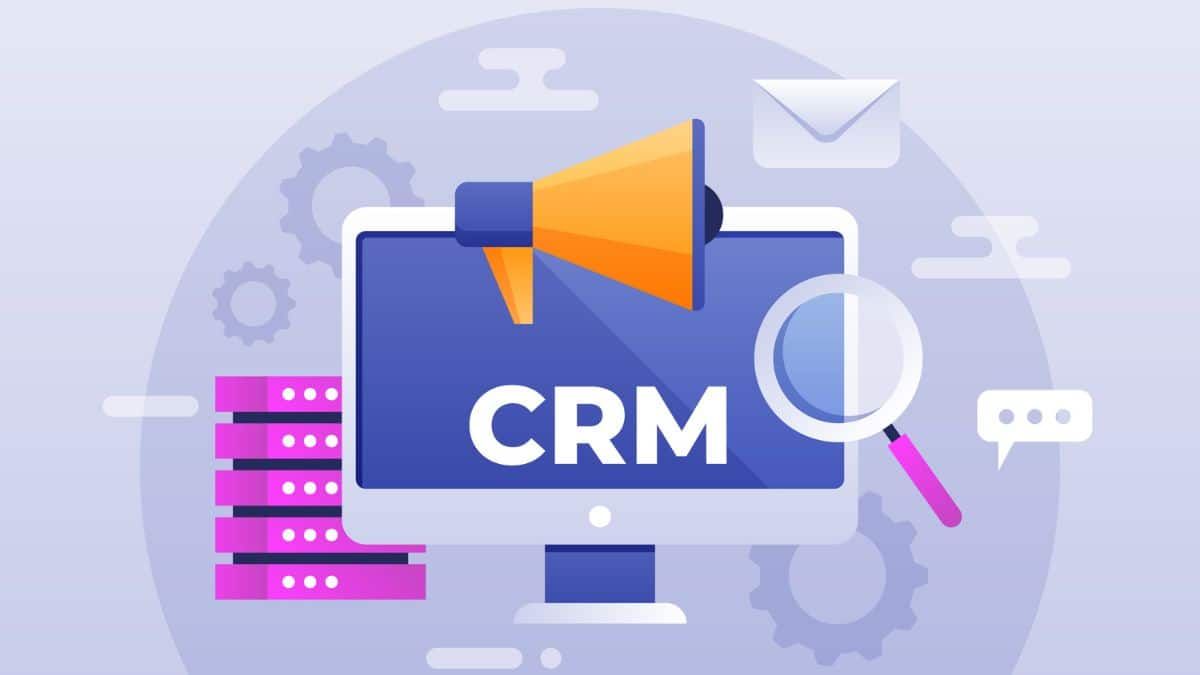
How CRM Models Benefit Businesses
Enhanced Customer Understanding: One of the greatest benefits of CRM is that it helps businesses gain a deeper understanding of their customers' needs, desires, and behaviors. By collecting and analyzing data from customer interactions, businesses can create detailed customer profiles and tailor their marketing and sales strategies accordingly.
Optimized Marketing Strategies: CRM enables businesses to develop targeted marketing strategies based on real customer data. This allows them to focus resources on more effective marketing campaigns and optimize conversion rates.
Improved Customer Interaction and Experience: CRM helps businesses create a better customer experience by providing accurate and useful information at each touchpoint. Enhancing these interactions not only improves customer satisfaction but also creates opportunities to boost sales and business growth.
Effective Data Management: One of the biggest challenges businesses face is managing large volumes of customer data. CRM helps organize and manage this data efficiently, saving time and increasing flexibility in accessing and using the data.
Increased Performance and Profitability: Ultimately, implementing an effective CRM model can lead to improved performance and profitability for businesses. By optimizing customer relationships and enhancing their experience, businesses can generate more value from each customer and increase sales.
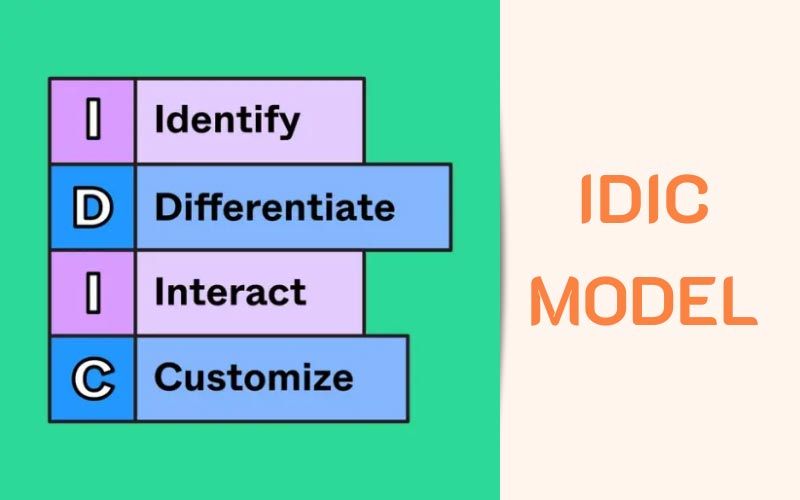
Mô hình IDIC
Popular CRM Models Today
IDIC Model
The IDIC model of CRM is designed to assess customer expectations and the value they bring to the business. Considered a critical standard, this model helps businesses identify customer needs and build a foundation for effective engagement.
The model guides businesses to implement four key strategies to build, strengthen, and maintain long-term 1-to-1 relationships with customers. Each letter in IDIC represents a step in the customer relationship management process:
- Identify: The first step in the IDIC model is to identify potential customers. This requires businesses to understand who their actual customers are and create segments based on needs and buying behaviors to develop appropriate strategies.
- Differentiate: After identifying target customers, businesses need to differentiate them based on the value they bring and their unique needs. Classifying customers helps allocate resources effectively.
- Interact: The first two steps create a foundation for interacting with customers. At this stage, businesses need to engage and communicate with customers through various channels and provide personalized information.
- Customize: The final step in the IDIC model requires businesses to adjust their approach based on the information collected. The goal is to meet every need and expectation of the customer by offering tailored services.
The IDIC model in CRM is a useful tool for businesses to better understand their customers and build meaningful, long-lasting relationships with them.
QCI Model (Quality Competitive Index)
The QCI CRM model focuses more on managing customer relationships. The model describes a series of activities that companies need to perform to acquire and retain customers. It includes personnel factors that carry out processes and use technology to support these activities.
- Analysis and Planning: Based on customer data and behaviors, you need to analyze to understand their desires and needs, and deliver appropriate, valuable content.
- Proposal: Create a proposal detailing the value you offer to customers and how you will approach, interact with, and serve them.
Gartner CRM Model
The Gartner CRM model focuses on eight core competencies that an organization needs to develop:
- CRM Vision: Develop a comprehensive vision with the customer at the center, aiming to define and build a competitive position for the business based on established values.
- CRM Strategy: Build relationships with customers by providing added value through setting goals and determining how to use resources to interact with customers.
- Customer Experience: Ensure that every interaction with customers delivers seamless value, based on a deep understanding of their needs and expectations.
- Organizational Collaboration: Change culture, structure, and behaviors to ensure collaboration between employees, partners, and suppliers in delivering value to customers.
- CRM Processes: Effectively manage processes from customer engagement to analysis and planning, to build customer data.
- CRM Information: Collect and manage customer information closely, creating resources for departmental use.
- CRM Technology: Manage data, infrastructure, and IT architecture to support customer management processes and implement the CRM model.
- CRM Measurement: Evaluate and measure metrics on the success and failures of the CRM model, including value, retention, satisfaction, loyalty, and customer service costs.

